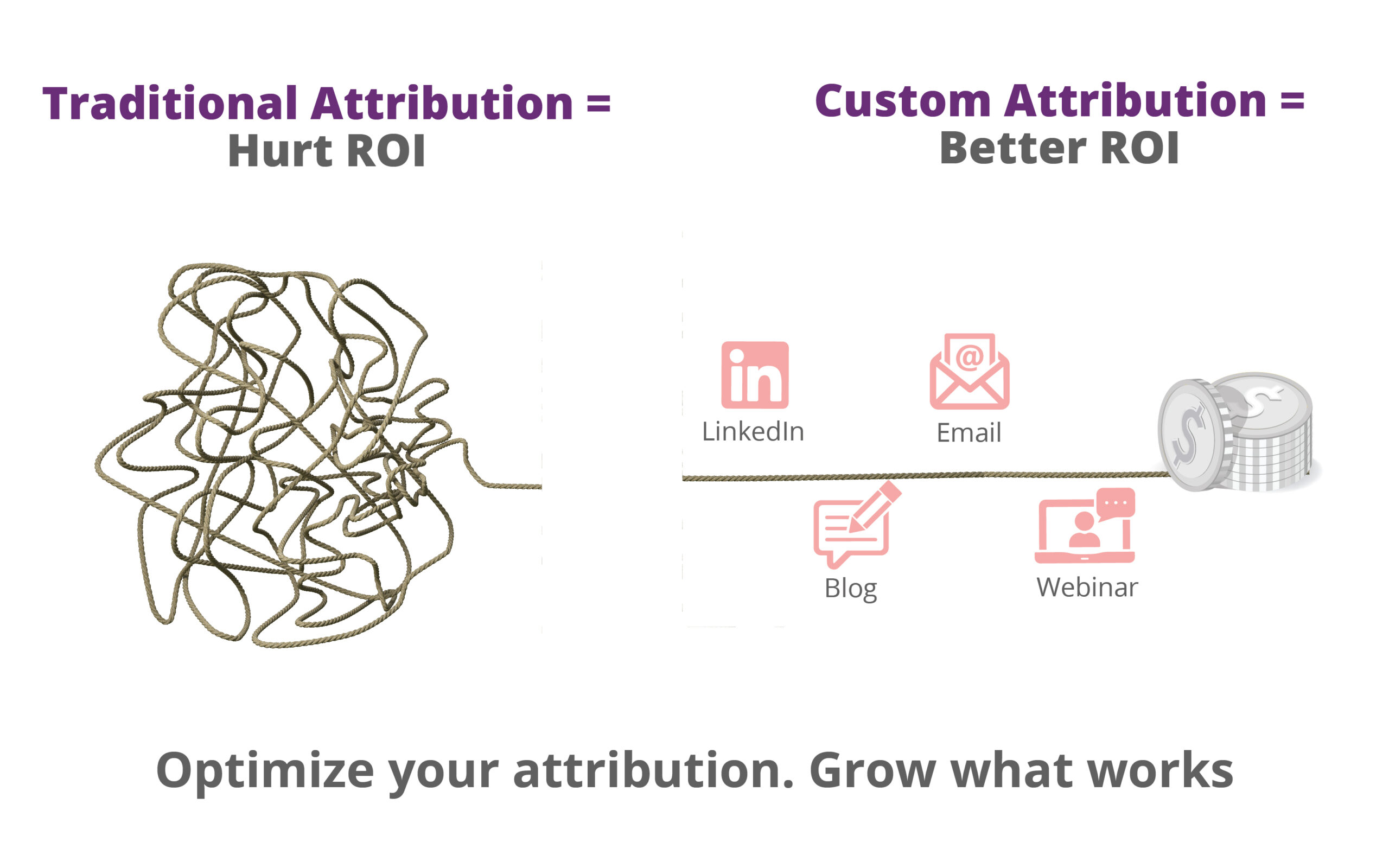Backing up your Universal Analytics data is very important, but it's not easy. Unless you have GA 360, there's no simple way to do it. To make sure your backup works well, you need to deal with several challenges. In this article, we'll talk about these challenges and give you useful tips on how to handle them.
Sampling Issues
Google Analytics sometimes uses a sample of your data when you have lots of sessions. This can affect the accuracy of your backup.
Solution: To avoid this, split your backup into smaller time chunks.
Tip: Make sure to prioritize the most important data to reduce the impact of sampling on your analysis.
Report Query Limits
When you want to back up Universal Analytics data quickly, you'll run into some limits. You can only get 10,000 rows per request and 10,000 requests in total (or 50,000 rows per project). You can also only get 10 different pieces of information about your data at a time. So, you need to:
Be Aware: Understand when and why you might hit these limits.
Optimize Queries: Make your queries as efficient as possible to avoid problems.
Custom Dimensions
Custom dimensions add more details to your data, but they can cause issues if they're not all set up correctly. Here's what to do:
Validation: Check that all custom dimensions are set up before you use them together.
Error Handling: Be ready for problems if some dimensions are missing.
Events Can Cause Problems
Events are important for tracking what users do, but they can also make backups harder:
Be Careful: Choose carefully which events you include in your queries.
Check Completeness: Make sure all event details are set up correctly to keep your data reliable.
Limits on Dimensions and Metrics
Every time you ask for data, there are rules that limit how much you can get. You can only get 9 different aspects of your data and 10 pieces of information at a time. When you're dealing with these limits:
Plan Ahead: Organize your queries to work within these rules.
Focus on Important Info: Pay attention to the most important aspects of your data.
Creating a Good Backup Plan
Considering all these challenges, it's clear that you need a well-thought-out backup plan.
Plan: Make a backup plan that deals with the challenges we talked about.
Use Tools: Use the right tools to make the process easier and automate when you can.
Conclusion
In conclusion, backing up Google Analytics data is tricky, but if you understand the challenges and take the right approach, you can protect your data effectively. Sampling, query limits, custom dimensions, events, and data limits can all be managed if you're careful and diligent.
Remember, making a good data backup isn't just a technical task; it's a smart move that can help you make better decisions and improve your online presence.






